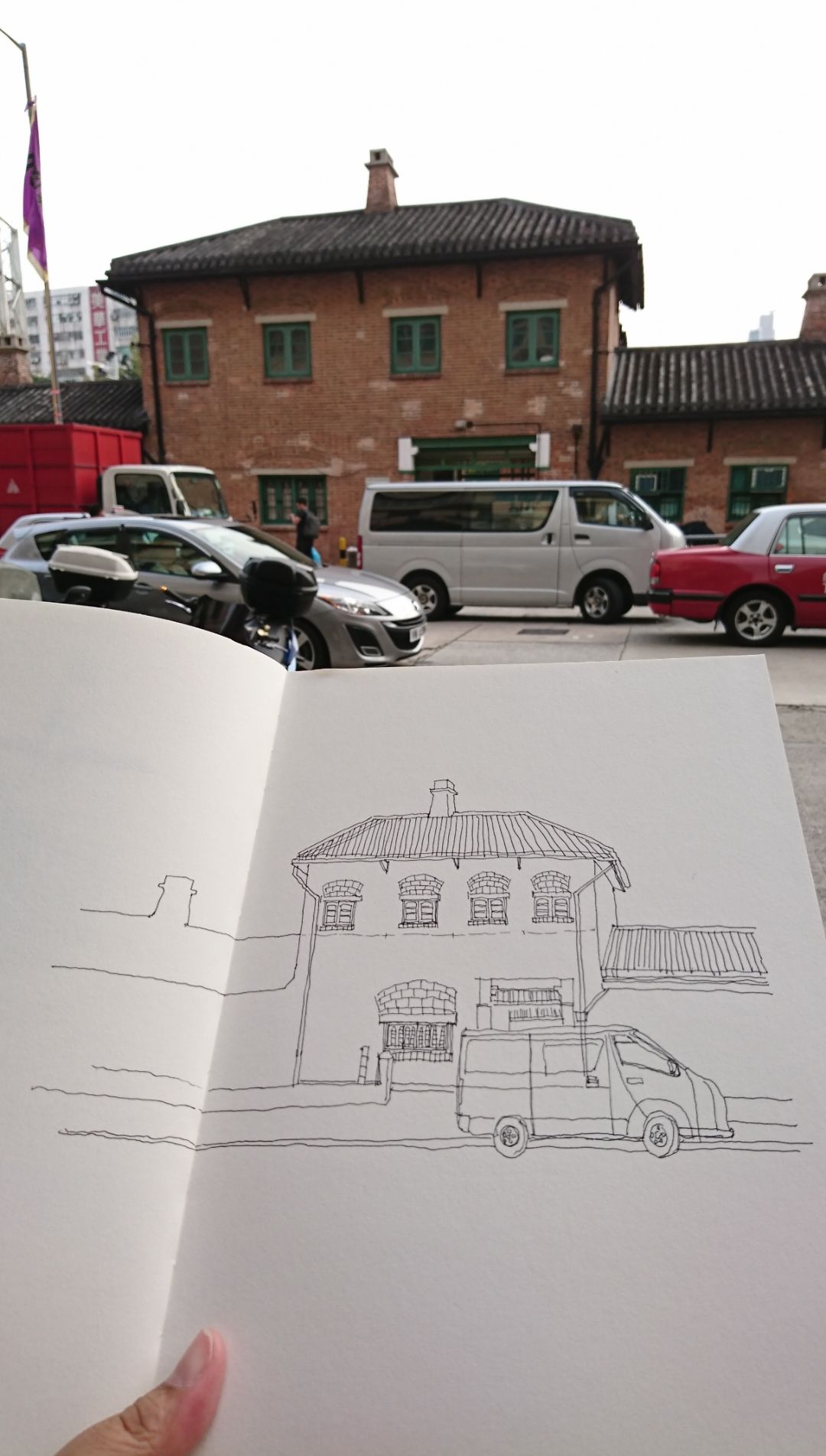Visit: To Kwa Wan Cattle Depot Art Village

//…The marginality of the Cowpen Art Village due to the "sense of backwardness" and the small number of visitors...// //But in the era when art capital is monopolized by big institutions and big galleries, we can only accept the fate of "short-lived or independent"? // //Anti-exhibition form participatory art… Today’s independent spaces are no longer just for exhibitions. A new generation of artists and curators are connecting spaces and the masses through cross-media creations, residencies, and workshops. At the same time, in the face of the democratization of art faced by the post-capital generation, the alternative art space in Hong Kong has undergone an obvious turn in recent years: more practitioners practice creation outside the system, and they follow the outreach of traditional museums. The teaching method does not follow the model of formal social work training to contact the community and experiment with a new body. //
In the post-West Kowloon Art Fair era (i.e. post-2013), the focus is on "young" artists, commercial galleries and museums, and anti-exhibition participatory art. Although the number of independent art spaces in Hong Kong using the traditional exhibition model has decreased, those that have been in operation for nearly 20 years still exist, such as 1aSpace and Para/Site. If commercial galleries and museums are mostly given to emerging artists, would the marginalized Cattle Depot Art Village be a good place for independent artists to showcase their recent works?
Cattle Depot Art Village
//Interestingly, one of the pictures is inserted into the future art village - the restored historic buildings and the newly built observation tower, there are open-air cafes, stalls painting portraits for tourists, and there are colorful Flags, blue and white tents and parasols, all kinds of tourists, an art market like the Place Montmartre in Paris, or a carnival organized by the Leisure and Cultural Services Department. //
history
In 1998, a prestigious art village - Oil Street Art Village appeared in Hong Kong. Benefiting from the sluggish economy after the 1997 financial crisis, the Government Property Agency rented out the old government supplies depot on Oil Street in North Point at a low price, and art workers moved in one after another. Unfortunately, the land was repossessed the following year and was forced to move out.
Built in 1908, the Ma Tau Kok Animal Quarantine Station is located at 63 Ma Tau Kok Road, Ma Tau Kok, Kowloon, Hong Kong. It is adjacent to the old buildings on 13th Street. It is a central slaughtering center for cattle. Several units were leased to local art groups and art creators moved out of the Oil Street Art Village, which evolved into the Cattle Depot Art Village. The Ma Tau Kok Cow House, built with red bricks, has the characteristics of a market in the early 20th century in the West. On December 18, 2009, it was reclassified as a second-class historical building in Hong Kong.
On December 18, 2009, it was reclassified as a second-class historical building in Hong Kong.
In 2015, the Kowloon City District Council used a one-off grant of 100 million yuan from the government's key community project plan to revitalize and develop a 6,000-square-meter site on the southeast side of the Art Village near San Shan Road into a Cattle Depot Art Park. In September 2019 Opening on the 8th.
Outlook
1. With the end of the "Art Commune", 1aspace is the only independent art space in the village. In addition to the contemporary visual art exhibition, 1aspace also holds "Community Art" activities and exhibitions. Cattle Depot Studios 1 and 2, in addition to being artist studios, also provide workshops and exhibitions for the general public to participate in. And the completion of the Cattle Depot Art Park behind the village will make the Art Village a step towards a community? Is this the blueprint the government has been planning?
2. The community is not limited to the old community of 13th Street opposite the Cattle Depot Art Village, but also the private housing estates completed in recent years and the area under development in Kai Tak. Some new coffee shops, restaurants and bars have opened near the new housing estate, and most of their consumers are young middle-class people. Therefore, in addition to the original elderly, grassroots and minority residents, there will be a large number of middle-class or above families.
3. The Cattle Depot Art Village will become a tourist walking route designated by the Kowloon City District Council together with the 13th Street opposite it, and the plan will end in 2023. Will Cattle Depot Art Village take on other missions for the district in the future?
,
Like my work? Don't forget to support and clap, let me know that you are with me on the road of creation. Keep this enthusiasm together!
